A submerged natural structure situated at the bottom of the Gulf of Mexico has been dubbed the "hot tub of despair" for a deadly reason. Unlike a regular man-made jacuzzi that sprays warm water to relax us, this underwater pit has an extremely high concentration of salt. The pool is so toxic that any living creature that falls into it is bound to lose its life and get embalmed with the brine, per Live Science. The toxic water can only be tolerated by a small number of bacteria and sea creatures.
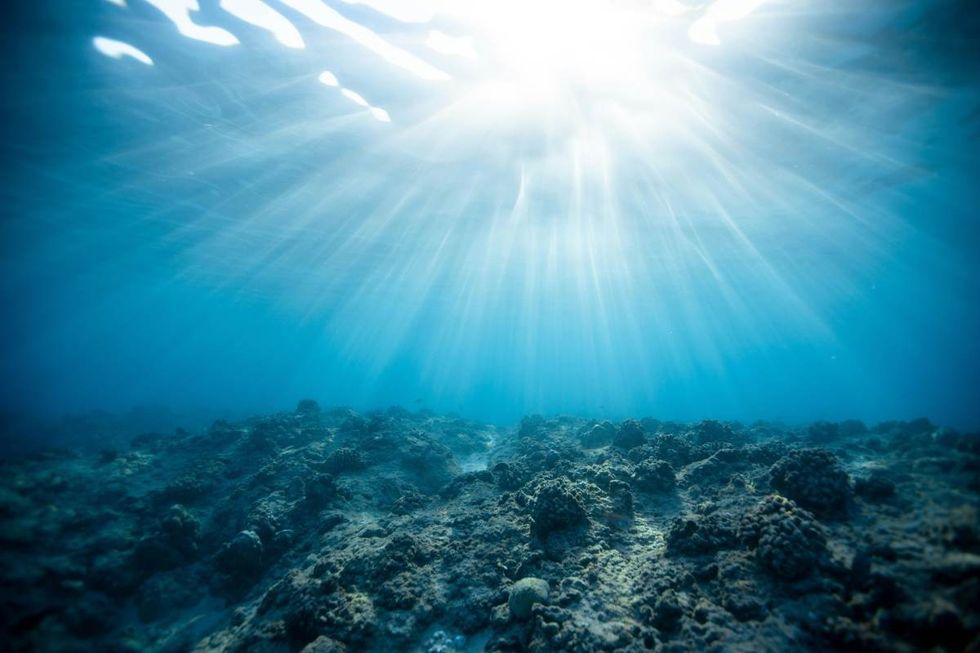
The brine-filled hot tub was unknown to people until a bunch of researchers carried out an expedition in 2015. That was when they explored the depths of the Gulf of Mexico and the cold seeps in it and eventually found the natural hot tub. Places at the bottom of the ocean where hydrocarbons leak out from the ocean floor and enter the water are known as cold seeps. The cold seeps in the Gulf of Mexico occur when the slabs at the sea floor made with salt shift out of the crevices.
According to Nautilus Live, the expedition team that sent their machines to deep dive into the region, spotted "pickled" crabs and other marine creatures lying inside the bowl-shaped pit of brine. The hot tub of despair lies nearly 3,300 feet below the ocean surface and measures 100 feet in circumference and is 12 feet deep. The salty pit formed after hydrocarbons continued to bubble up from the slab of salts underneath the surface, as mentioned in the Oceanography journal in 2016. The salt quantity is more than four times more potent than the surrounding region and is dense enough to not mix with seawater.
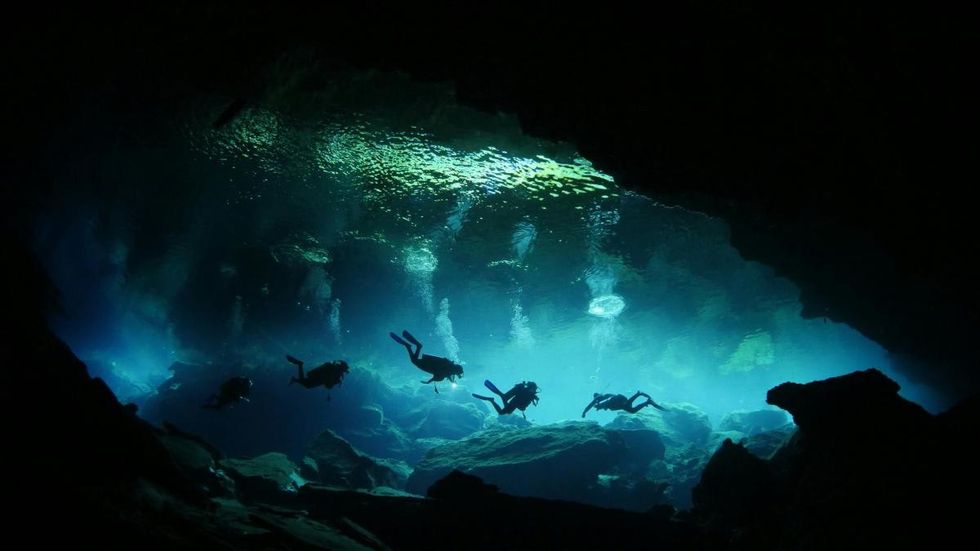
The temperature of the pit also reached up to 66 degrees Fahrenheit (19 degrees Celsius). The warm temperature and the saline water create a lethal surrounding for sea creatures that crawl into it and never make it out alive. The brine water is full of hydrogen sulfide and methane. Hence, only specific organisms such as mussels can endure to proliferate there. The expedition team also captured the entire build of the brine pit on their YouTube channel EVNautilus.
In the video, we could see the pit surrounded by steep walls that are covered in red, yellow and white minerals. There are clusters of mussels growing around the area too. The brine almost gives the impression of a waterfall as it seeps over the pit. There are many embalmed creatures like crabs and shellfish scattered around the pit. "The rim rises pretty sharply," a person can be heard saying in the video while they remotely operated the underwater vehicle (ROV). "The mussels, they've done a really standup job at keeping the walls intact. Initially, probably what happens is fluid starts to erupt from the seafloor and then you get biological communities that start taking advantage of that."
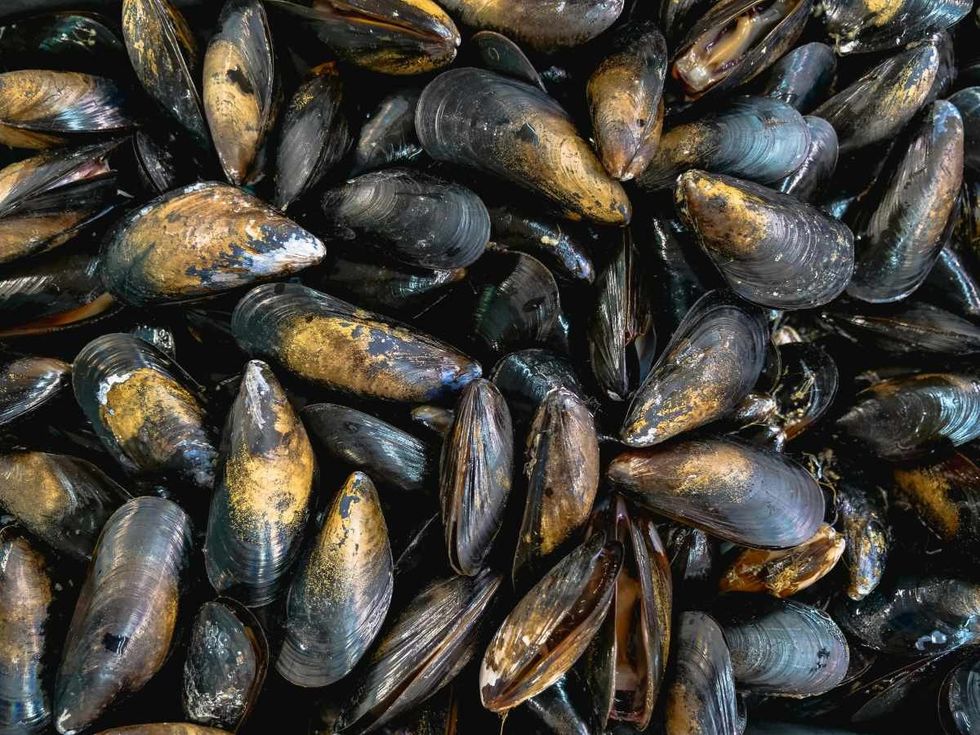
This leaves many of us wondering how the Gulf of Mexico's dangerous brine pit came into existence. According to Discovery, the gulf used to be a lot more shallow millions of years ago. When the water evaporated, it left a massive amount of salt behind, which ultimately formed the salt slabs. However, the hot tub of despair isn't the only area in the ocean that is capable of killing organisms with high concentrations of salt. In colder regions of the oceans, brinicles are frozen spikey structures that often trap marine creatures in them.


















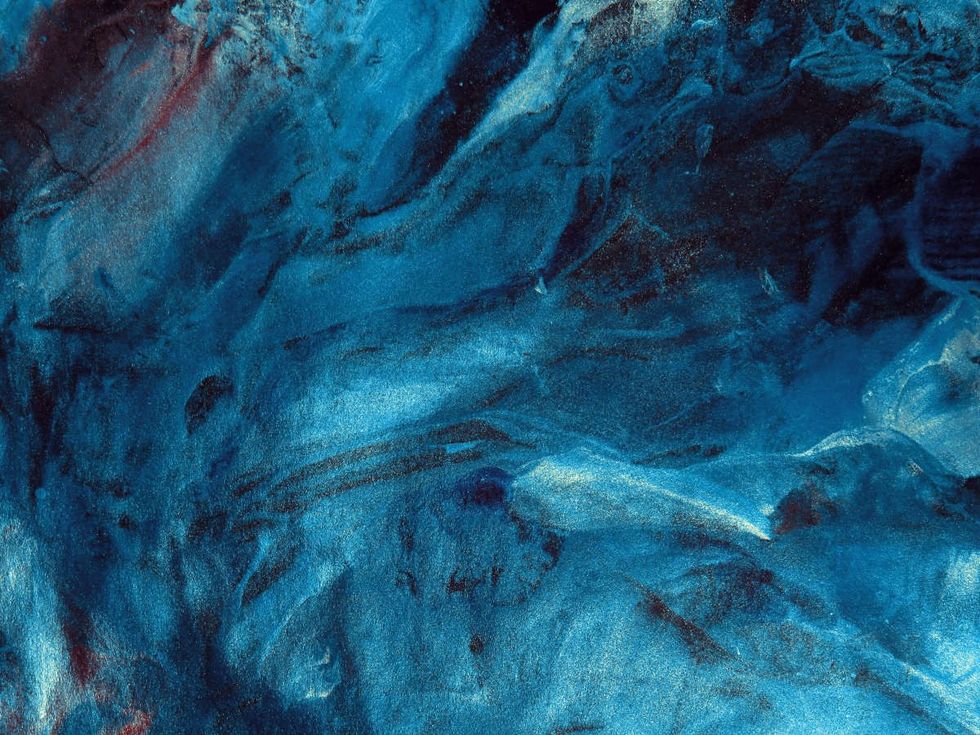 Representative Image Source: Pexels | Anni Roenkae
Representative Image Source: Pexels | Anni Roenkae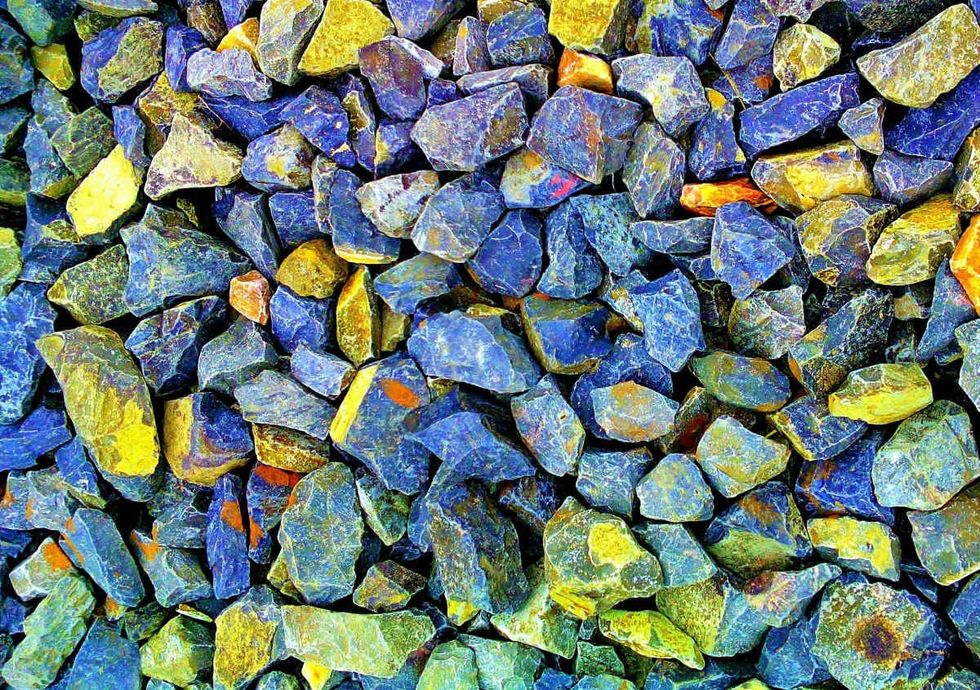 Representative Image Source: Pexels | Its MSVR
Representative Image Source: Pexels | Its MSVR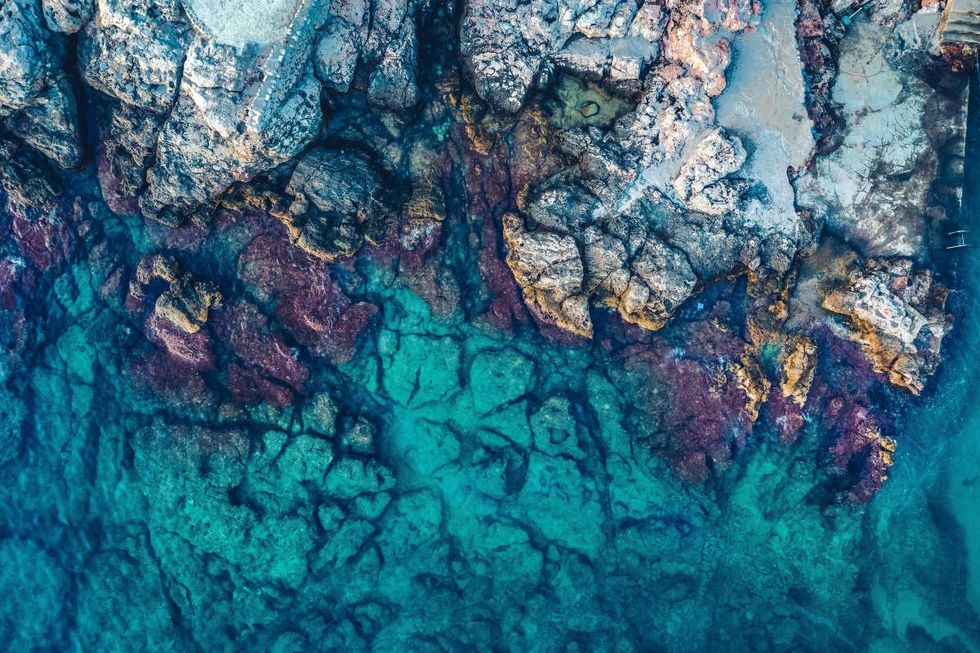 Representative Image Source: Pexels | Lucian Photography
Representative Image Source: Pexels | Lucian Photography

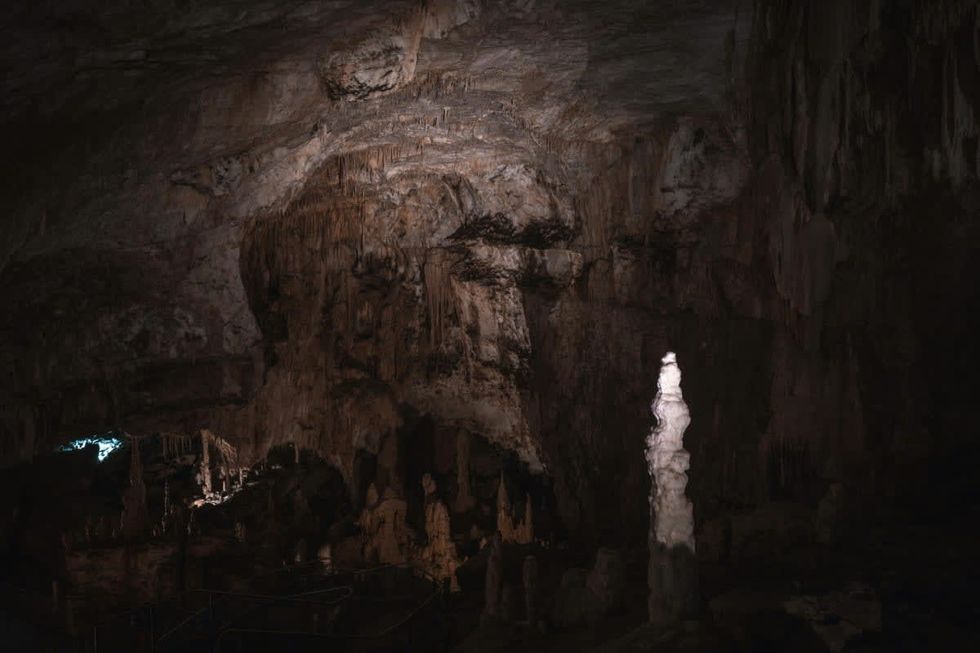 Representative Image Source: Pexels | francesco ungaro
Representative Image Source: Pexels | francesco ungaro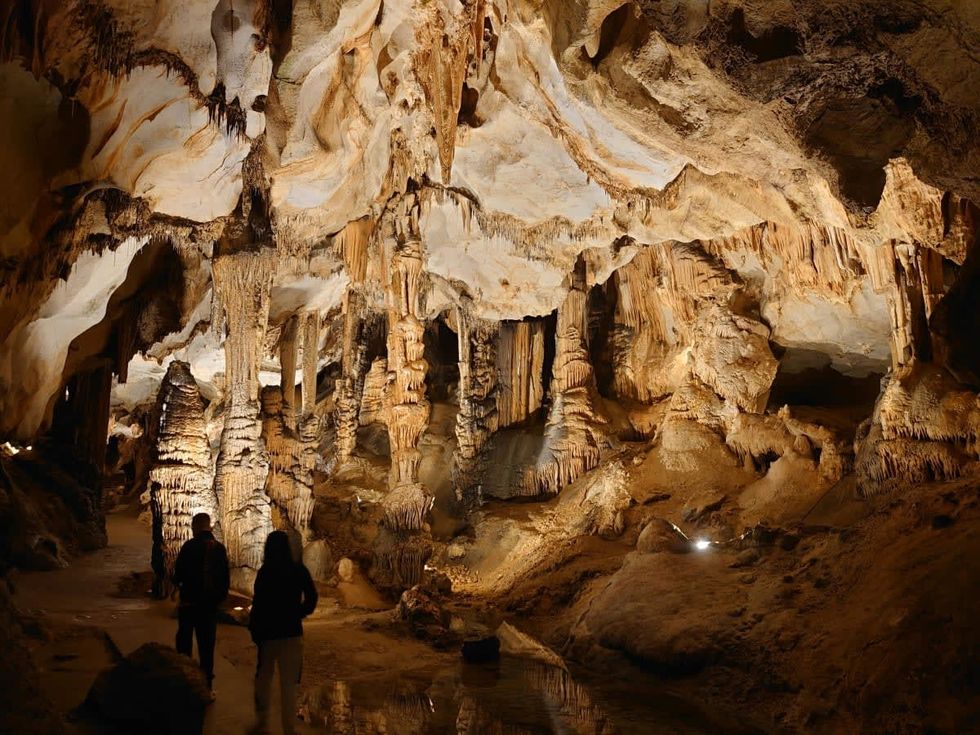 Representative Image Source: Pexels | parfait fongang
Representative Image Source: Pexels | parfait fongang Image Source: YouTube |
Image Source: YouTube |  Image Source: YouTube |
Image Source: YouTube |  Image Source: YouTube |
Image Source: YouTube | 
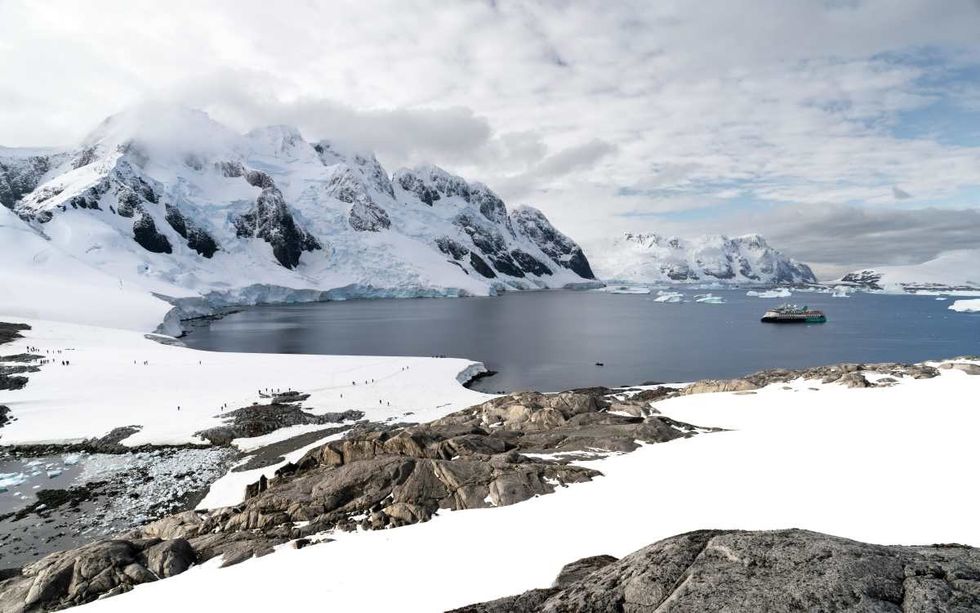 Representative Image Source: Pexels | Hugo Sykes
Representative Image Source: Pexels | Hugo Sykes Representative Image Source: Sectional view of the Earth, showing central fire and underground canals linked to oceans, 1665. From Mundus Subterraneous by Athanasius Kircher. (Photo by Oxford Science Archive/Print Collector/Getty Images)
Representative Image Source: Sectional view of the Earth, showing central fire and underground canals linked to oceans, 1665. From Mundus Subterraneous by Athanasius Kircher. (Photo by Oxford Science Archive/Print Collector/Getty Images) Representative Image Source: Pexels | NASA
Representative Image Source: Pexels | NASA

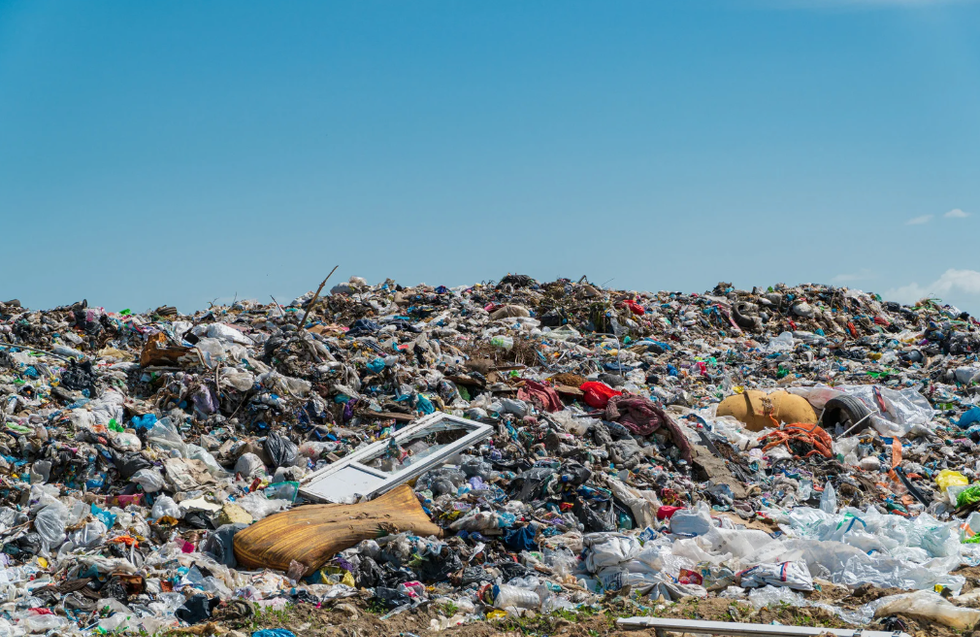


 Representative Image Source: Pexels | Steve Johnson
Representative Image Source: Pexels | Steve Johnson Representative Image Source: Pexels | RDNE Stock Project
Representative Image Source: Pexels | RDNE Stock Project Representative Image Source: Pexels | Mali Maeder
Representative Image Source: Pexels | Mali Maeder
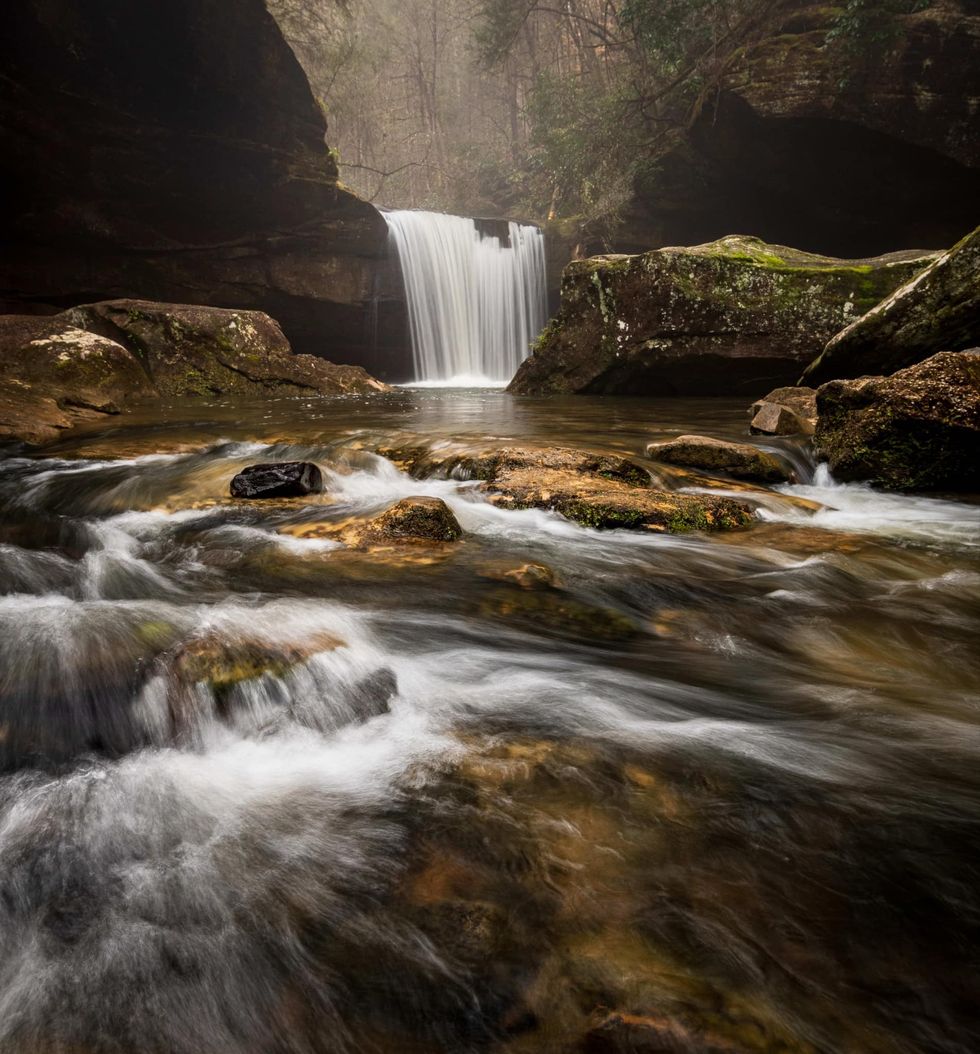 Photo: Craig Mack
Photo: Craig Mack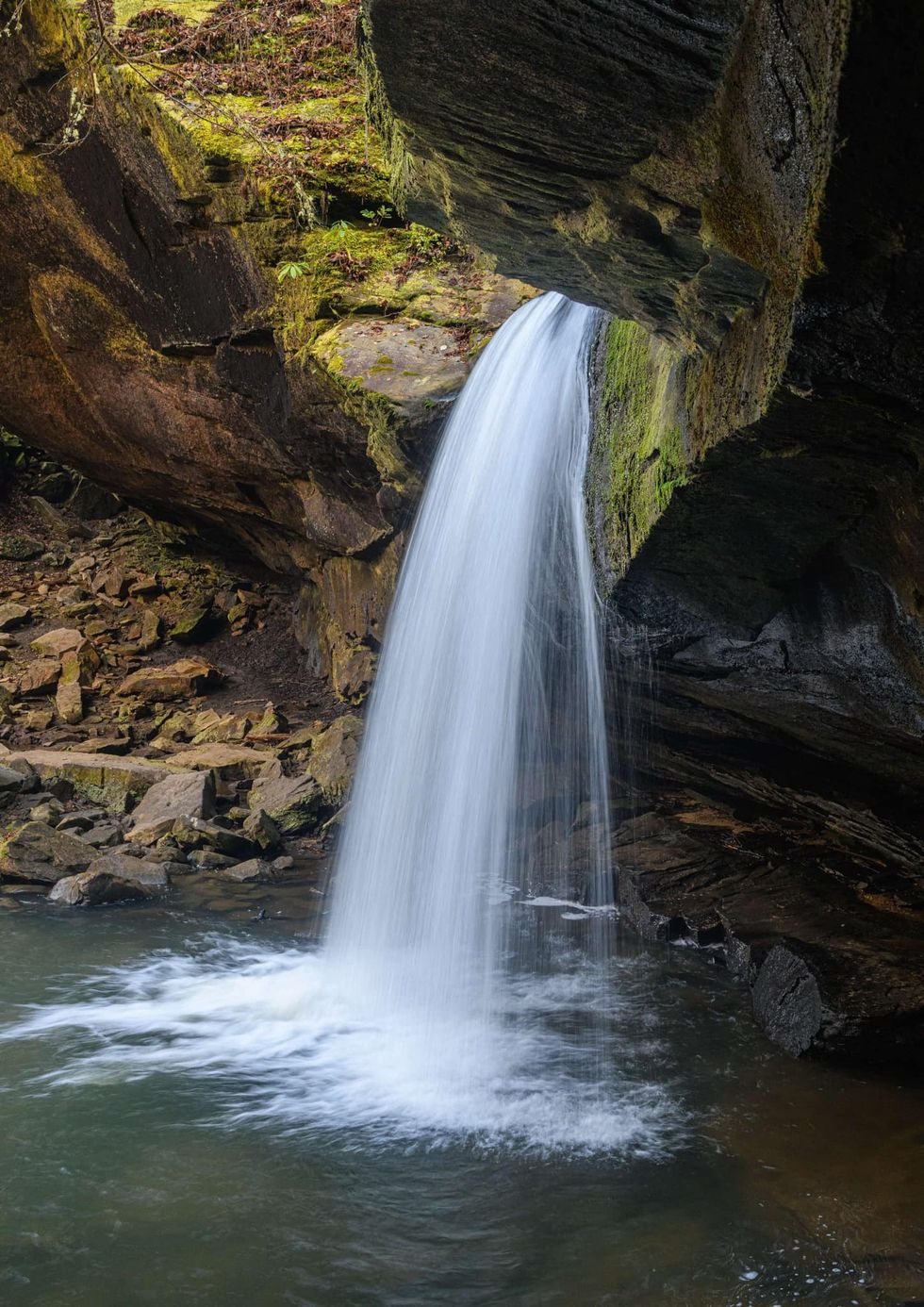 Photo: Craig Mack
Photo: Craig Mack